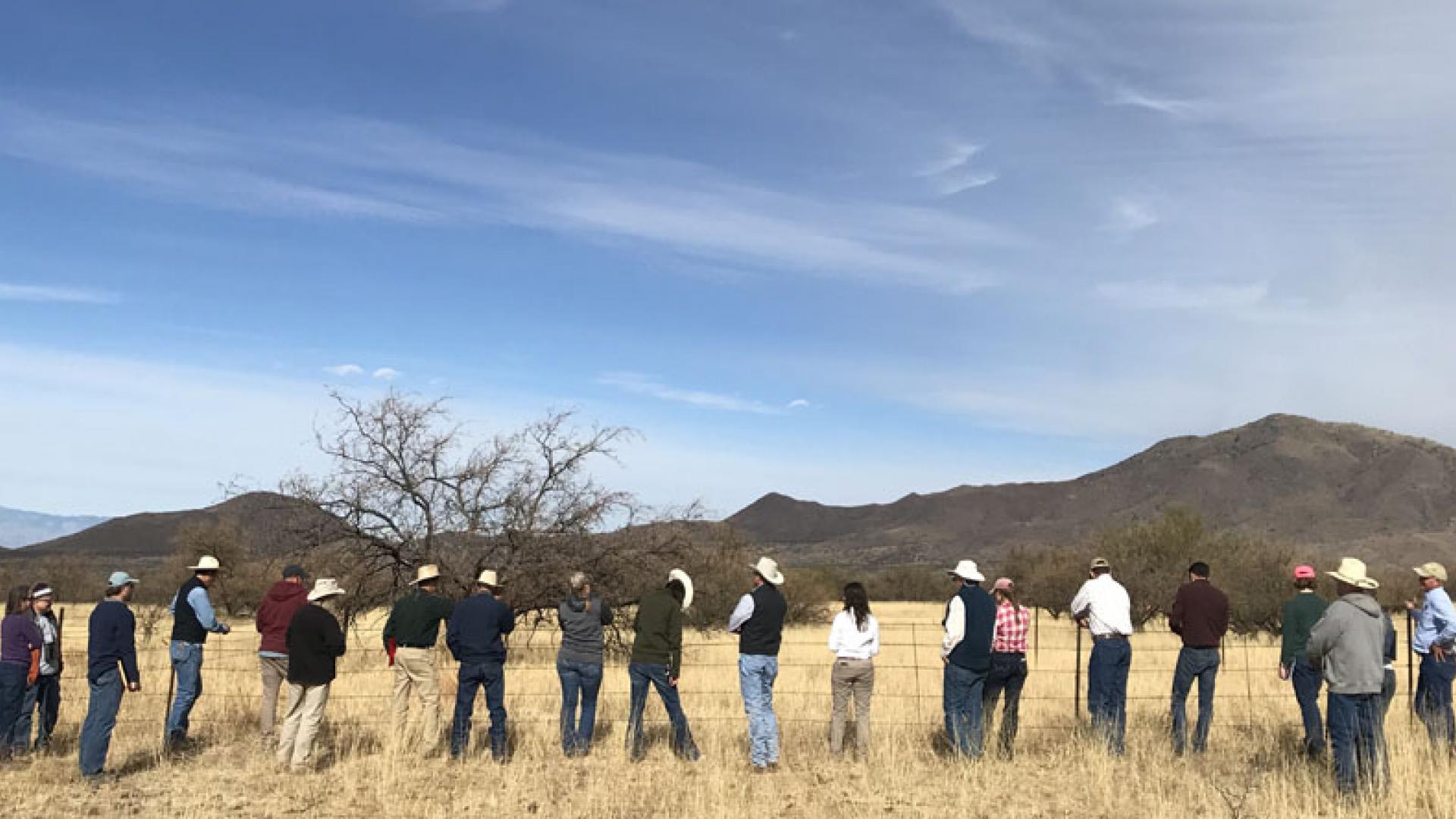
- Body
Overview
Beginning in the 1970s and 1980s, more people throughout the western U.S. began to use public lands for a variety of purposes. Many of these new users had different ideas about what public lands are for and how they should be managed than was common in decades past. These differences have been the source of numerous conflicts between ranchers, agencies, and other public land users.
As clashes increased throughout the 1980s and early 1990s, some ranchers, agency personnel, and environmentalists began looking for ways to overcome conflicts. What they realized is that they had more interests in common than differences. By focusing on these common goals, they could improve conservation outcomes. It also allowed them to build trust so they could address more difficult problems in the future. This approach is called collaborative conservation. An early and important example of collaborative conservation is the Malpai Borderlands Group. This group of ranchers located in the far southeastern Arizona and southwestern New Mexico, came together to work with agencies and environmentalists to conserve rangelands and re-introduce fire into the landscape for management purposes.
Today, there are dozens of collaborative conservation groups across the West. All collaborative conservation efforts have the same basic characteristics - groups of people from different backgrounds that have a shared interest in conservation and believe they can accomplish more by working together. Often, collaborative conservation groups will develop new approaches to overcoming management challenges.
Videos
Conflict and Collaboration in Conservation
Conflict and Collaboration in conservation: Two perspectives for addressing today's conservation challenges.
Collaborative Conservation: Working Lands Roundtable
Additional Links
- A Rancher’s Guide to NEPA and Permit Renewals: Wyoming.
- NEPA for Ranchers. Arizona Cooperative Extension
- Collaborative Conservation groups:
Further Reading
- Bestelmeyer, B.T., Burkett, L.M., Lister, L., Brown, J.R., and Schooley, R.L. 2019. Collaborative Approaches to Strengthen the Role of Science in Rangeland Conservation. Rangelands 41(5): 218–226. doi:10.1016/j.rala.2019.08.001.
- Hulvey, K. 2020. Collaborative Approaches for Landscape-scale Restoration. Ecesis 29(3): 6. A
- Huntsinger, L., Sayre, N., and Macaulay, L. 2014. Chapter 4. Ranchers, land tenure and grassroots governance: Maintaining pastoralist use of rangelands in the United States in three different settings. In The governance of rangelands: collective action for sustainable pastoralism. Edited by P. Herrera, J. Davies, and P. Manzano Baena. Routledge, New York, NY. pp. 62–93.
- Wilmer, H., Derner, J.D., Fernández-Giménez, M.E., Briske, D.D., Augustine, D.J., and Porensky, L.M. 2018. Collaborative Adaptive Rangeland Management Fosters Management-Science Partnerships. Rangeland Ecology & Management 71(5): 646–657. doi:10.1016/j.rama.2017.07.008.